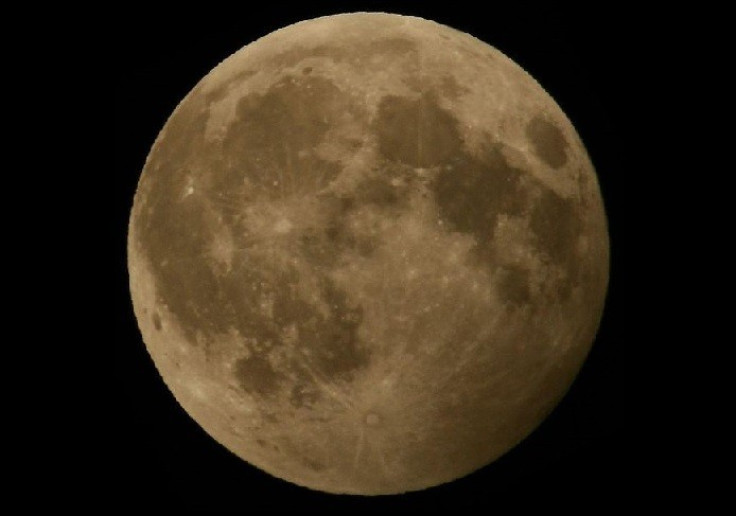Total Lunar Eclipse: US Spectacular 'of Darkness Eating the Moon'
A total lunar eclipse is set to take place on 15th April, which will be visible across North America and Nasa's Lunar Reconnaissance Orbiter.
The phenomenon occurs when the Earth, Sun and moon are in perfect alignment, disguising the moon from view in the Earth's shadow.
Although lunar eclipses occur several times a year during a full moon, this eclipse will offer a dramatic viewing opportunity for North America. The Earth's western Hemisphere will be facing the moon during the eclipse, which means the continent is in prime position to view the action from start to finish.
The eclipse will also occur at nighttime, making the eclipse even more memorable. Astronomers have stated that the entire continent won't be able to witness a full lunar eclipse again until 2019.

Noah Petro, a Lunar Reconnaisance Orbiter deputy project scientist at Nasa's Goddard Space Center, said: "Most residents of the continental United States will be able to see the whole thing. Eventually, there will be a chunk of darkness eating the moon."
According to Space.com, 922 million people will have the chance to witness the lunar event, including west Africa, which can see the eclipse before the moon sets below their horizon in the early hours of 15th April.
Citizens of New York will be able to see the event clearly too. Raymond Dague of the Syracuse Astronomical Society told Syracuse.com: "This one's a good one for us. We'll see pretty much the whole thing."
The eclipse is scheduled to take place around 2am EDT and will last for around three hours. When the moon first enters the Earth's partial shadow, known as the penumbra, a dark shadow will begin creeping across the moon. This will give the illusion that the moon is changing phases in a matter of minutes instead of weeks.
At around 3.45am EDT, at the peak of the eclipse, the moon will enter the Earth's full shadow, called the Umbra. The Earth's atmosphere will then disperse the sun's red visible light, which is the same process that turns the sky red at sunset.
Petro added: "It's a projection of all the Earth's sunsets and sunrises onto the moon. It's a very subtle effect, and if any part of the moon is illuminated in the sun, you can't really see it."
As the moon's orbit is tilted, it does not pass through the Earth's shadow each time it orbits the planet. This explains why lunar eclipses do not not take place monthly, although they are frequent. It is the same reason why solar eclipses, which occur when the Earth passes through the moon's shadow, do not happen each month.
Nasa's Lunar Reconnaisance Orbiter will also be witnessing the lunar event. The LRO mission, which was launched in 2009, will be plunged into darkness during the eclipse. It will be forced to run without recharging for a longer period than normal, as the spacecraft's batteries need sunlight to charge.
Previously, the LRO has only passed into the Earth's shadow for a short period. This time, however, the spacecraft will have to pass through twice before the eclipse ends.
Petro said that extra precautions will be taken to ensure that everything runs smoothly. He added: "We're turning off the instruments and will monitor the spacecraft every few hours when it's visible from Earth."
© Copyright IBTimes 2024. All rights reserved.






